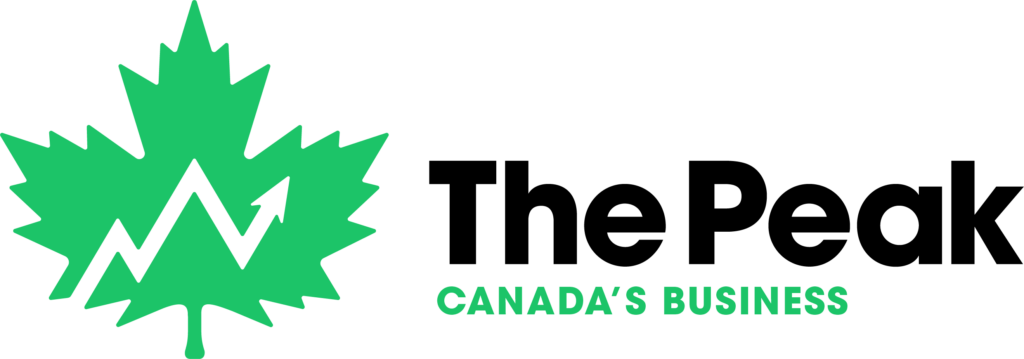
Open Educational Resource: Peak Money Newsletter
Peak Money’s newsletter is one of the most useful free financial resources I’ve discovered for Canadians. It explains everyday financial advice in simple, understandable language. It can help you understand simple things like how a TFSA actually works, why credit scores matter, and how to build savings without feeling overwhelmed. You don’t need background knowledge, or any fancy login. You just read, learn, and apply it to your life.
It qualifies as an open educational resource because the content can be retained, reused, revised, remixed and redistributed by anyone under a Creative Commons license. You can take one of their budgeting templates or visuals, rework it for a student club, or post snippets in a community group without worrying about breaking rules. Open access like this gives everyone a fair shot at learning about important topics like financial literacy.
From a learning perspective, this fits well with what we talked about in class.
Constructivism: you learn by trying things yourself. Peak Money uses clear examples and small steps, so you actually practice smart money habits instead of memorizing terms.
Mayer’s multimedia ideas: short text, clean visuals, and charts keep your brain from getting overloaded. It’s quick to read and easier to remember.
Accessibility is a big plus too. It’s mobile-friendly, written in everyday language, and doesn’t assume you already know finance. Canadians of different ages, incomes, and education levels can use it and benefit from it.
Peak Money makes financial learning feel doable. More resources like this would make people a lot more confident with money.

Leave a Reply
You must be logged in to post a comment.